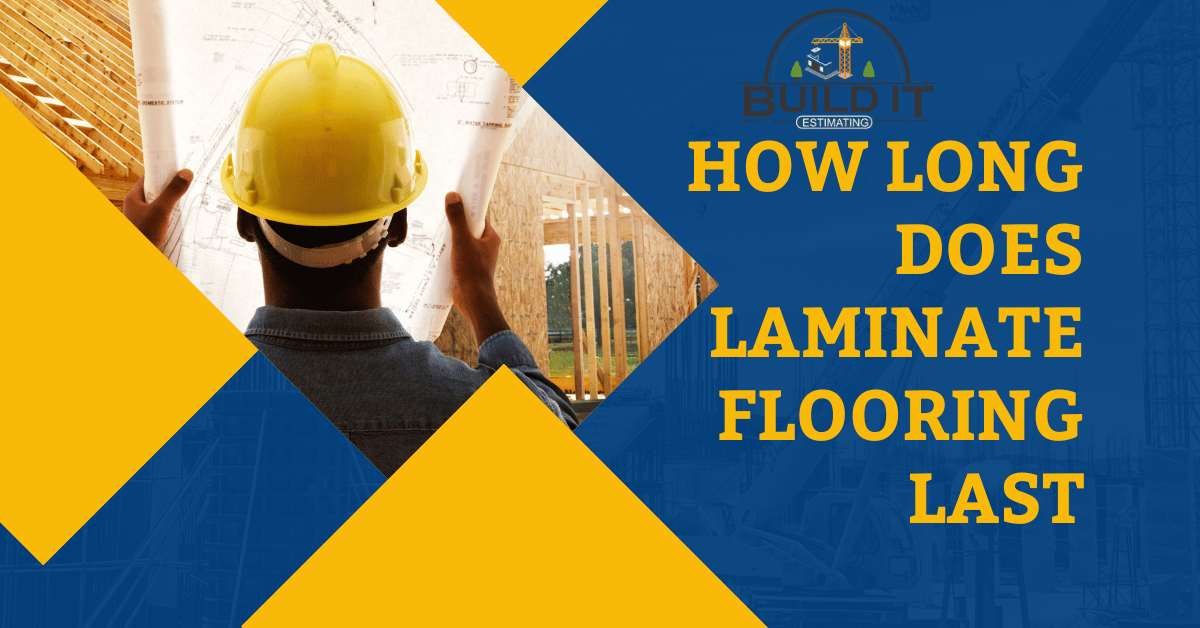Laminate flooring has become a popular choice for homeowners and businesses alike due to its durability, aesthetic appeal, and cost-effectiveness. However, one of the most pressing questions for anyone considering laminate flooring is, “How long does laminate flooring last?” Understanding the lifespan of laminate flooring involves examining several factors, including material quality, installation process, and maintenance practices. This article delves into these aspects to provide a comprehensive guide on the longevity of laminate flooring and tips for maximizing its lifespan.
What is Laminate Flooring?
Construction and Composition
Laminate flooring is a multi-layer synthetic product, fused together through a lamination process. Its core is typically made of high-density fiberboard (HDF) or medium-density fiberboard (MDF), which provides stability and strength. The top layer, known as the wear layer, is a transparent protective surface that resists scratches and stains, making it highly durable. Beneath this wear layer is a photographic applique layer that mimics the appearance of wood, stone, or other materials, giving laminate flooring its versatile aesthetic appeal.
Types of Laminate Flooring
Laminate flooring comes in various types, primarily categorized by the locking mechanisms and thickness of the planks. Common types include:
- Glue-less Click-lock: Easy to install, where planks snap together without the need for glue.
- Pre-glued: Comes with adhesive applied to the joints, requiring a moistening agent during installation.
- Glued Laminate: Requires glue during installation, providing a very secure fit.
Each type has its own benefits, with click-lock systems being the most popular due to their ease of installation and repair.
Factors Affecting Longevity
Quality of Materials
The quality of the materials used in laminate flooring plays a significant role in its longevity. Higher-end laminates with thicker wear layers and denser cores can withstand more wear and tear, making them last longer compared to cheaper alternatives. Investing in premium laminate flooring can result in better durability and a longer lifespan.
Installation Process
Proper installation is crucial for the durability of laminate flooring. Incorrect installation can lead to gaps, buckling, and other issues that can shorten the floor’s lifespan. It’s essential to follow the manufacturer’s guidelines or hire professional installers to ensure the flooring is laid correctly.
Traffic and Usage
The amount of foot traffic and the type of use the flooring endures also affect its lifespan. Laminate flooring in high-traffic areas such as hallways, kitchens, and commercial spaces may wear out faster than flooring in low-traffic areas like bedrooms or home offices. Proper care and maintenance can mitigate some of this wear and tear.
Maintenance and Care
Regular cleaning and maintenance are vital to preserving laminate flooring. Sweeping or vacuuming to remove dirt and debris, using appropriate cleaning products, and avoiding excessive water can prevent damage and extend the floor’s life. Additionally, using furniture pads and area rugs in high-traffic zones can protect the surface from scratches and wear.
Environmental Factors
Environmental conditions such as humidity and temperature can impact laminate flooring. Excessive moisture can cause the planks to swell and warp, while extreme dryness can lead to gaps and cracking. Maintaining a consistent indoor climate helps in prolonging the life of laminate floors.
Average Lifespan of Laminate Flooring
Residential Use
In residential settings, laminate flooring typically lasts between 15 to 25 years, depending on the factors mentioned above. Higher-quality laminates installed in well-maintained homes with moderate foot traffic can even last beyond 25 years. Routine care and preventive measures play a significant role in reaching the upper limits of this lifespan.
Commercial Use
For commercial use, where traffic is heavier and more constant, laminate flooring might have a shorter lifespan, averaging around 10 to 15 years. However, using commercial-grade laminate, which is designed to handle higher levels of wear and tear, can help extend its durability in such environments.
Extending the Life of Your Laminate Floors
Regular Cleaning Routine
Maintaining a regular cleaning routine is essential for extending the life of laminate flooring. This includes daily sweeping or vacuuming to remove abrasive dirt particles and weekly damp mopping with a manufacturer-recommended cleaner. Avoid using excessive water or steam cleaners, as moisture can damage the laminate core.
Preventive Measures
Implementing preventive measures can significantly reduce wear and tear. Placing doormats at entrances to trap dirt, using furniture pads to avoid scratches, and ensuring pets’ nails are trimmed can all help maintain the floor’s condition. Additionally, using blinds or curtains to protect the flooring from direct sunlight prevents fading and discoloration.
Repairs and Touch-ups
Addressing minor damages promptly can prevent them from worsening. Laminate flooring repair kits are available for fixing scratches, chips, and other small imperfections. For more severe damage, replacing individual planks may be necessary, which is easier with click-lock systems.
Professional Maintenance
Periodic professional maintenance can enhance the longevity of laminate flooring. Professional cleaning services can provide deep cleaning and protective treatments that might not be achievable with regular household cleaning methods.
Common Signs Your Laminate Flooring Needs Replacement
Visible Wear and Tear
Over time, laminate flooring may show signs of visible wear and tear, such as scratches, dents, and worn-out spots. When these imperfections become widespread and affect the overall appearance and functionality, it may be time to consider replacement.
Water Damage
Water damage is one of the most common reasons for replacing laminate flooring. Signs of water damage include swelling, warping, and bubbling of the planks. If the damage is extensive, replacing the affected area or the entire floor might be necessary to prevent further issues.
Fading and Discoloration
Exposure to sunlight can cause laminate flooring to fade and discolor over time. If the fading is noticeable and impacts the room’s aesthetic, replacing the flooring can restore its original look and feel.
Structural Issues
Structural issues such as buckling, gaps, and loose planks can indicate the need for replacement. These issues often arise from improper installation, excessive moisture, or subfloor problems. Addressing the underlying cause and replacing the damaged flooring can ensure a stable and durable surface.
Comparing Laminate Flooring with Other Types
Hardwood
While hardwood floors offer a timeless and natural look, they require more maintenance and are susceptible to scratches and water damage. Laminate flooring, in contrast, is more resistant to scratches and easier to maintain, making it a practical choice for busy households.
Vinyl
Vinyl flooring shares many similarities with laminate, including ease of installation and maintenance. However, vinyl is often more water-resistant and can be a better option for areas prone to moisture, such as bathrooms and basements.
Tile
Tile flooring is highly durable and water-resistant but can be cold and hard underfoot. Laminate flooring provides a warmer and softer surface, making it more comfortable for living spaces while still offering good durability.
Carpet
Carpet offers warmth and comfort but is less durable and harder to clean compared to laminate flooring. Laminate is a better choice for high-traffic areas and households with pets and allergies due to its ease of cleaning and hypoallergenic properties.
Cost vs. Lifespan Analysis
Initial Cost
Laminate flooring is generally more affordable than hardwood, tile, and some high-end vinyl options. The initial cost savings can be significant, making it an attractive option for budget-conscious homeowners.
Long-term Value
Considering the longevity and low maintenance requirements, laminate flooring offers excellent long-term value. While it may not last as long as hardwood or tile, the lower initial cost and ease of maintenance make it a cost-effective choice for many homeowners.
Sustainable Choices in Laminate Flooring
Eco-friendly Materials
It manufacturers are now offering eco-friendly options made from sustainable materials. These laminates use recycled content and environmentally friendly production processes, reducing their environmental impact.
Recycling and Disposal
When it comes time to replace laminate flooring, proper disposal and recycling are crucial. Many local recycling programs accept laminate flooring, and some manufacturers offer take-back programs. Ensuring that old flooring is disposed of responsibly can help reduce landfill waste.
Conclusion
Laminate flooring is a versatile and cost-effective option for many homes and businesses, offering durability and aesthetic appeal. Understanding the factors that affect its lifespan and implementing proper maintenance and care can ensure that laminate floors last for many years. Whether in residential or commercial settings, It provides a practical and attractive solution for modern spaces.

